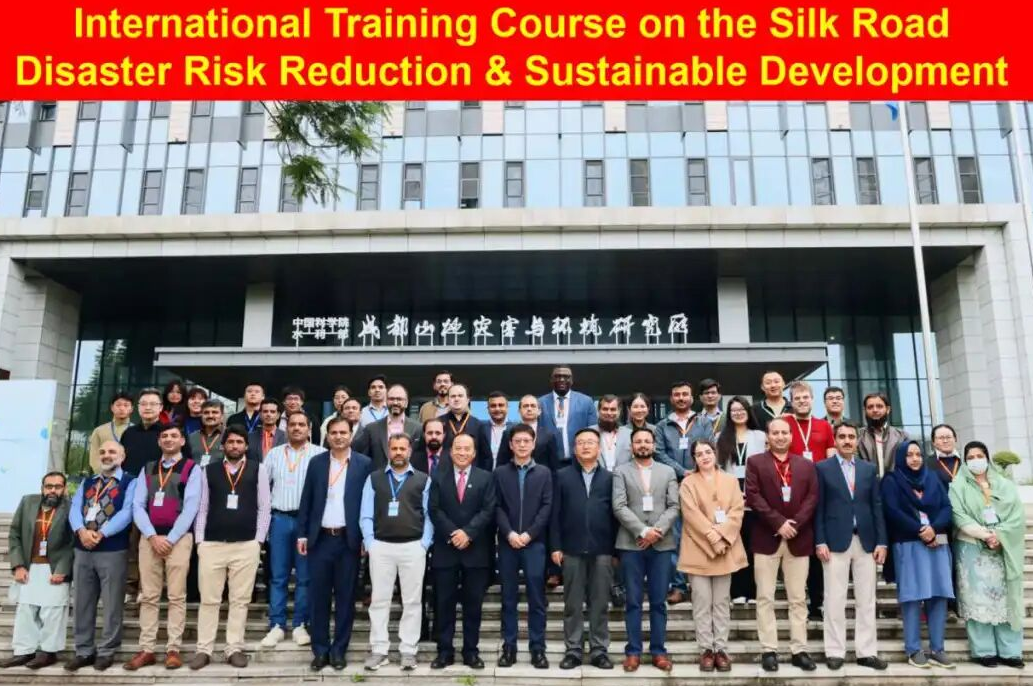Bushfire and Natural Hazards CRC (IRDR National Committee in Australia) helps to accurately compare the impacts of disasters from more than 100 years ago with more recent events. Over the last century the Australian population has vastly grown and the built environment is more complex and dispersed across the landscape. Can we accurately compare the impacts of disasters from more than 100 years ago with more recent events? This CRC research is enabling comparisons of natural hazard events, even if they are many years apart.

The research (An analysis of building losses and human fatalities from natural disasters) aims to provide an evidence base for future emergency management policy, practice and resource allocation and to enable efficient and strategic risk-reduction strategies. The analysis underpinning the project will be based on an examination of the historical record of losses caused by natural hazards in Australia since 1900.
There are two distinct focuses of the research:
- an analysis of building damage, by hazard, across time and by state or territory due to natural hazards
- a longitudinal analysis of the social and environmental circumstances in respect of fatalities, injuries and near-misses.
This second aspect will include an examination of trends over time in terms of exposure and vulnerability. It is envisaged these trends will be interpreted in the context of emerging issues (e.g. an ageing population, spatial population shifts and climate change) and how these issues might influence vulnerability and exposure trends in the future.
Key to this project will be the collection of data relating to losses (human and building) from natural disasters, in particular flood, cyclone, bushfire, severe storm, heatwave and earthquake. Some data already exists in the Risk Frontiers PerilAUS database; the objective is to make this dataset as complete as possible.
More: http://www.bnhcrc.com.au/news/2015/century-natural-disasters-what-are-costs





